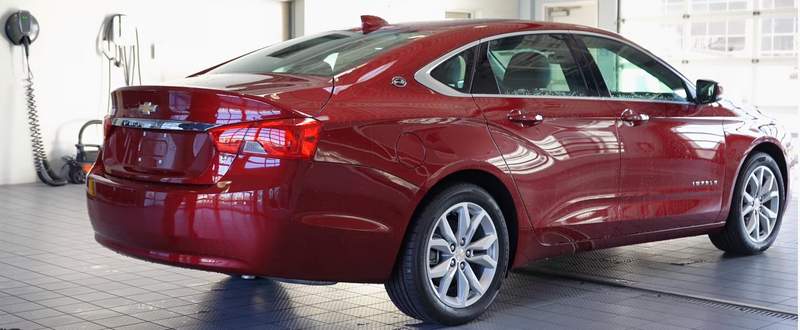Car ownership means convenience, freedom even for some. It allows you to avoid the hassles associated with public transportation, along with the high fees present in ridesharing apps. A car also allows you to go on impromptu rides and road trips.

Getting a car, however, isn’t easy. You need to have several thousand dollars to pay for the down payment, maintenance, and other costs. Don’t fret, though. You can buy your first car with a bit of financial planning and saving.
Here are a few tips to help you save on your first car:
1. Curb Unnecessary Spending
When saving money for a major purchase, make sure that you spend your hard-earned dollars carefully. Consider temporarily cutting down on “wants,” which includes eating out and buying fancy stuff.
Instead, use your money for important things. If you’re getting a driver’s license, you could use the money you’ve saved to get a learner’s permit exam online, which is a requirement for new drivers in some areas of the country.
Apart from reducing your “wants,” look for ways to minimize your current expenses, such as groceries and utilities. Then, redirect the dollars you’ve saved toward the down payment of your new car.
2. Research the Automotive Industry
A lot of first-time car buyers dive into car shopping without studying the automotive sector. As a result, they are unfamiliar with the various options on the market – including ones that can save them a lot of money.
Before you jump the gun on a particular model or make, research your options. What’s more, take the time to learn about car depreciation, safety innovation, interest rates on auto loans, and fuel efficiency. These mentioned factors play an essential role in the type of car that you should purchase.
3. Calculate Your Down Payment
Decide on a target amount to spend on your first car. Then, compare a few makes and models to check if the amount you’ve set is realistic. Once you have the price range for the vehicle you can afford, calculate your down payment. Aim to put 10 percent down on a used car and 20 percent down on a new car.
You also have the option to pay more for your down payment. The more dollars you can come up with on your own, the better your deal is ultimately getting. Shooting for a higher down improves your chances of qualifying for an auto loan. What’s more, this strategy allows you to enjoy more affordable monthly payments and a favorable interest rate.
4. Open a Separate Savings Account
It would be best if you found a safe home for your car fund. One suggestion is to set up a separate savings account. This way, you are not tempted to spend your car savings for other purposes.
If you have more than a couple of years to save up, consider placing your hard-earned dollars in a certificate of deposit (CD) or a high-interest savings account. Shop around for charges that pay interest rates that are higher than what traditional banks offer. Remember to leave your saved funds untouched until you meet your savings goal.
5. Automate Your Savings
Once you have an account to store your car fund, make regular and automatic contributions. You can do this by arranging automatic transfers from your checking account using a trusted third-party app or your bank’s website.
6. Begin Building Your Credit
Securing approval for a car loan isn’t an easy feat for first-time applicants. You need to establish your credit profile early on to get approved for the loan you want.
Banks rely on your credit history to assess your application and worthiness for a new line of credit. You are more likely to provide a clear view of your credit profile if you have existing credit cards and personal loans from different banks.
7. Consider Purchasing an Older Model
Purchasing a modern vehicle, such as a Tesla, can be satisfying. This, unfortunately, can be expensive for a lot of people. If your first car isn’t your dream car, consider getting an older model as your starter vehicle. Older cars are a practical choice – especially that the current automotive market is moving quickly that the finest and latest may only keep its post for a year.
On the other hand, new car models depreciate the moment you drive them out of the car dealership center. The vehicle you bought turns “used” in a matter of seconds. It loses much of its value from day one. Unless you use your car for business purposes, an older model can be a practical option for first-time vehicle owners.
Saving money to purchase a car reduces the amount that you need to borrow. Follow these tips to help you hit your car down payment goal faster.

